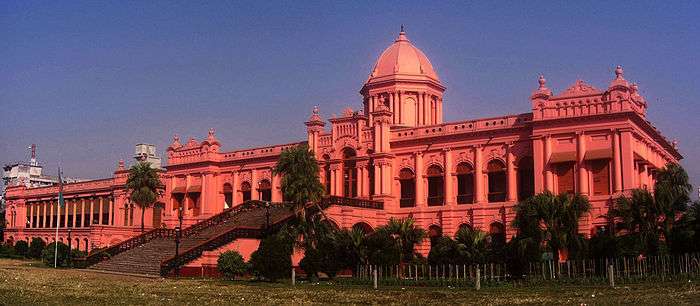Panchkot Raj
| Panchkot Raj | |
|---|---|
| Country | West Bengal |
| Ethnicity | Rajput |
| Founded | 80 AD |
| Founder | Raja Damodar Sekhar Deo |
| Current head | Legally abolished (1954) |
| Titles | |
| Part of a series on |
| Zamindars of Bengal |
|---|
 |
| Barisal and Khulna |
|
| Chittagong |
| Dhaka and Sylhet |
|
| Rajshahi and Rangpur |
|
| West Bengal |
Panchkot Raj, also known as Panchkot Zamindari or Kashipur Raj, was a family of Zamindars who ruled in the western fringe areas of present-day West Bengal and some of the adjacent areas in present-day Jharkhand .
The beginning
Some people believe that Panchkot Raj was a part of ancient Tilakampa kingdom, which had its capital at Telkupi. The capital was submerged by the rising waters of the Panchet reservoir, when Damodar Valley Corporation built the Panchet Dam. Others think that Damodar Sekhar, an abandoned son of Raja Jagat Deo of Dhar in present-day Madhya Pradesh, established the kingdom and started the family in 80 AD.[1][2]Yet others think that the Raj was founded in 80 AD by Damodar Sekhur Deo, a scion of the Rajput family of Maharajadhiraj Udayji Singh Deo, who reigned in Dhonagarh, North-west Provinces.[3]The family built a new capital at Garh Panchkot and ruled from there, uninterruptedly for over eight centuries from 940 AD to 1750 AD.[1]
The retreat
Panchakot Raj faced adversities towards the end of their stay at Garh Panchkot. Around 1600 AD the area came under the rule of Bir Hambir of the Bishnupur Malla dynasty. Not much is known about the impact of that rule. Subsequently, Bargi attacks laid waste the place. Around 1750 AD, Panchakot Raj family shifted to Kashipur and have been here since then. [1][4]
Recent Raj family heads
Amongst the recent members of the Panchkot Raj family were Raja Bahadur Jyoti Prasad Singh Deo, who ruled from 1901–1938 and was granted the title of Raja as a personal distinction in 1912. Raja Kalyani Prasad Singh Deo ruled from 1938–1945, Raja Shankari Prasad Singh Deo ruled from 1945 to 1956 and Raja Bhubaneswari Prasad Singh Deo ruled from 1956–1972.[5]
See also
External links

References
- 1 2 3 "Heritage in Peril". Capital in shambles. Asian Heritage. Retrieved 19 April 2017.
- ↑ "The Past". Panchet Residency. Retrieved 19 April 2017.
- ↑ "Panchkote Zamindari". Indian Rajputs. Retrieved 13 April 2017.
- ↑ "Historical ruins". Trek Earth. Retrieved 1 December 2016.
- ↑ "Panchkot (Jagir)". World of Royalty. Retrieved 1 December 2016.